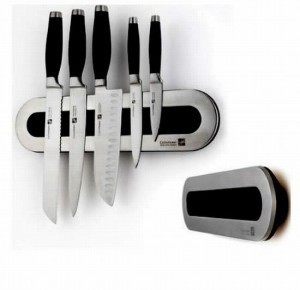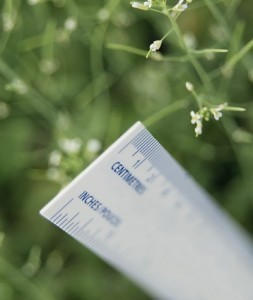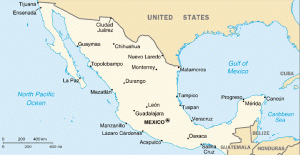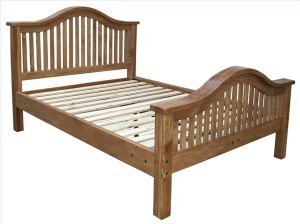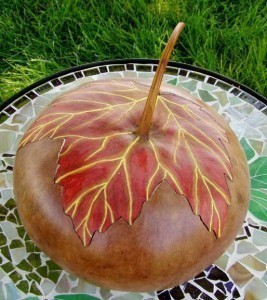Dice Dimensions
The word ‘dice,’ which is the plural form of the term ‘die,’ refers to at least two polyhedral 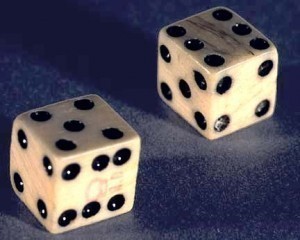 objects used to generate random numbers. It is used in gambling games like sic bo and craps. Likewise, it can also be used for non-gambling games like tile-based games, miniature war games as well as board games. A die features six faces, each of which has a different numerical value. In addition to these interesting details, there are other things to know about it including the different dice dimensions.
objects used to generate random numbers. It is used in gambling games like sic bo and craps. Likewise, it can also be used for non-gambling games like tile-based games, miniature war games as well as board games. A die features six faces, each of which has a different numerical value. In addition to these interesting details, there are other things to know about it including the different dice dimensions.
The Dimensions of Dice
Each side of a die has a standard size of 16 millimeters. However, other sizes usually range from 10 to 30 millimeters. Each of the six faces of a die features a pip, which comes in the form of a dot or dots. The numerical value 1 is represented by a single dot, 2 is represented by two dots and 3 is represented by three dots. Additionally, the number 4 is represented by four dots, the number 5 by five dots and the number 6 by six dots.
Additional Facts and Other Important Details
The purpose of dice in gambling games is to provide random numbers. For this reason, it is considered a kind of hardware random number generator. It is very difficult to determine, predict or even control the outcome of every throw of dice because they have sensitive dependence on initial conditions. Craps is a very good example of a game that makes use of dice. For this game, two dice are used. Other games that make use of it in one way or the other are backgammon and ludo.
Dice has long existed in Asia. Based on historical accounts, the oldest encounter of dice happened at the Burnt City archeological site that is found in Iran. It came with a 5,000-year-old backgammon set. Aside from the cube-shaped die, there are also other shapes available like the icosahedrons or 20 sides, the dodecahedron or 12 sides and the pentagonal trapezohedron or 10 sides. In addition, you can also find the octahedron or 8-side variation as well as the tetrahedron or 4-side version.
In addition to these common dice sizes, they also come in rarer versions. Some of these include the zocchihedron or 100 sides, icosakaipentagonal trapezohedron or 50 sides and heptadecagonal trapezohedron or 34 sides. Furthermore, you can also find other notable versions like the rhombic triacontahedron or 30 sides, deltoidal icositetrahedron or 24 sides and octagonal dipyramid or 16 sides. The use of dice for the purpose of divination is properly called cleromancy.
